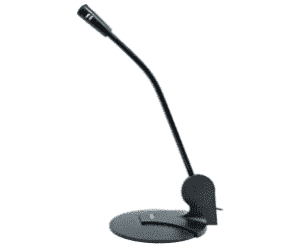PROCESSER CPU/processor The central processing unit (CPU), also called a processor , is located inside the computer case on the motherboard. It is sometimes called the brain of the computer, and its job is to carry out commands. Whenever you press a key, click the mouse, or start an application, you're sending instructions to the CPU. The CPU is usually a two-inch ceramic square with a silicon chip located inside. The chip is usually about the size of a thumbnail. The CPU fits into the motherboard's CPU socket , which is covered by the heat sink , an object that absorbs heat from the CPU. A processor's speed is measured in megahertz (MHz) , or millions of instructions per second; and gigahertz (GHz) , or billions of instructions per second. A faster processor can execute instructions more quickly. However, the actual speed of the computer depends on the speed of many different components—not just the pr...




.jpeg)